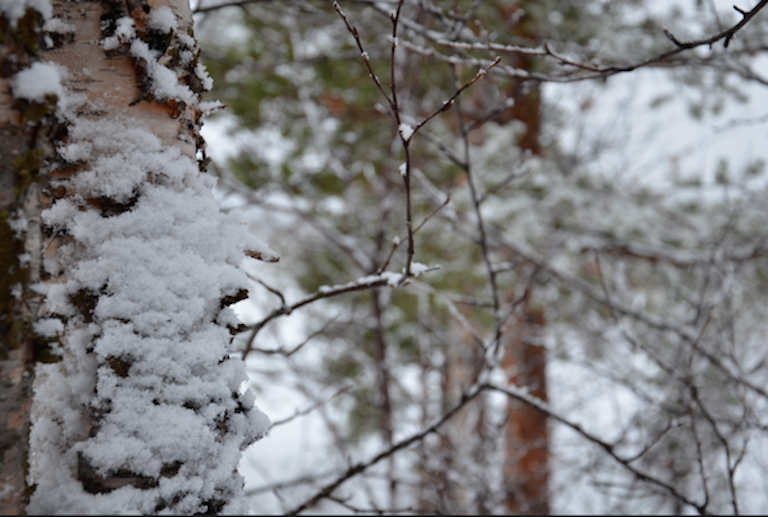Snow Texture and Quality
(numbers refer to page references for Ryd and Rassa's book)
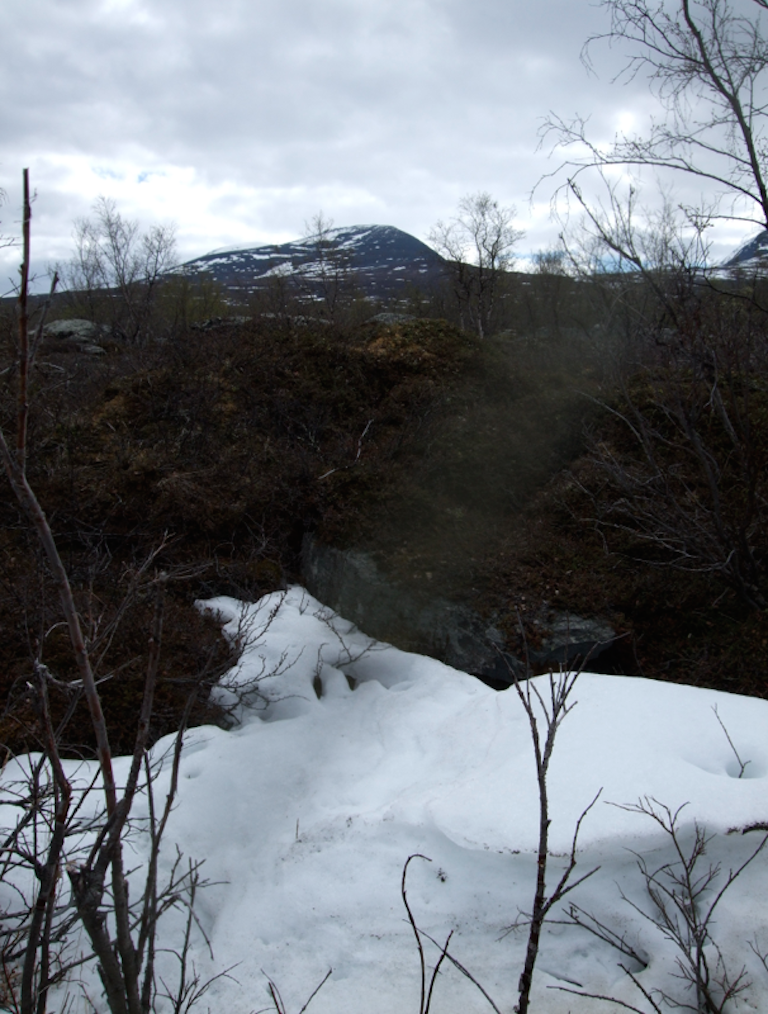
Terms for snow texture and quality:
habllek (70) very light, fresh, dry powder snow, particularly when falling, but also when newly on the ground
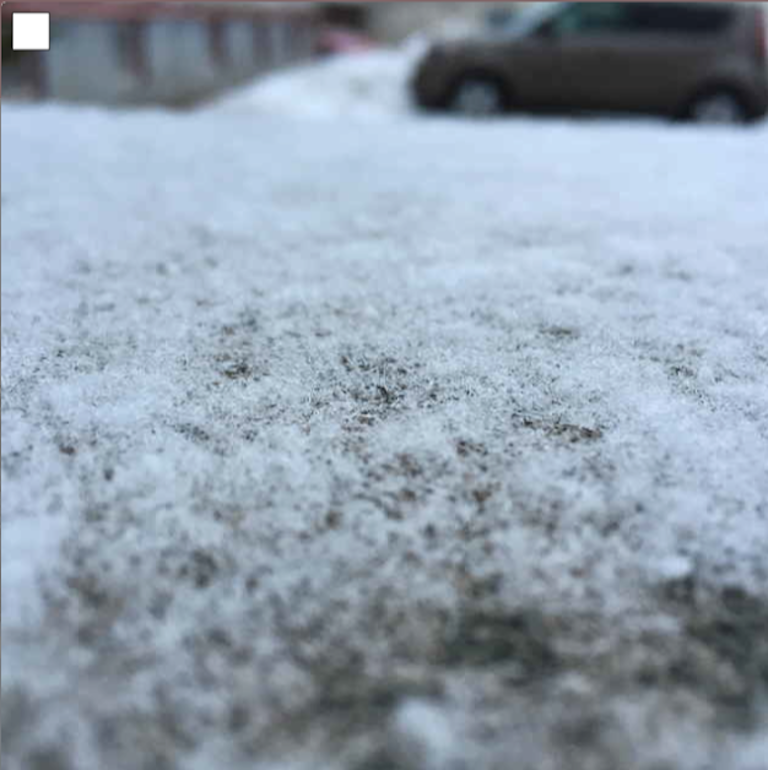
Image by Ruffled Ptarmigan
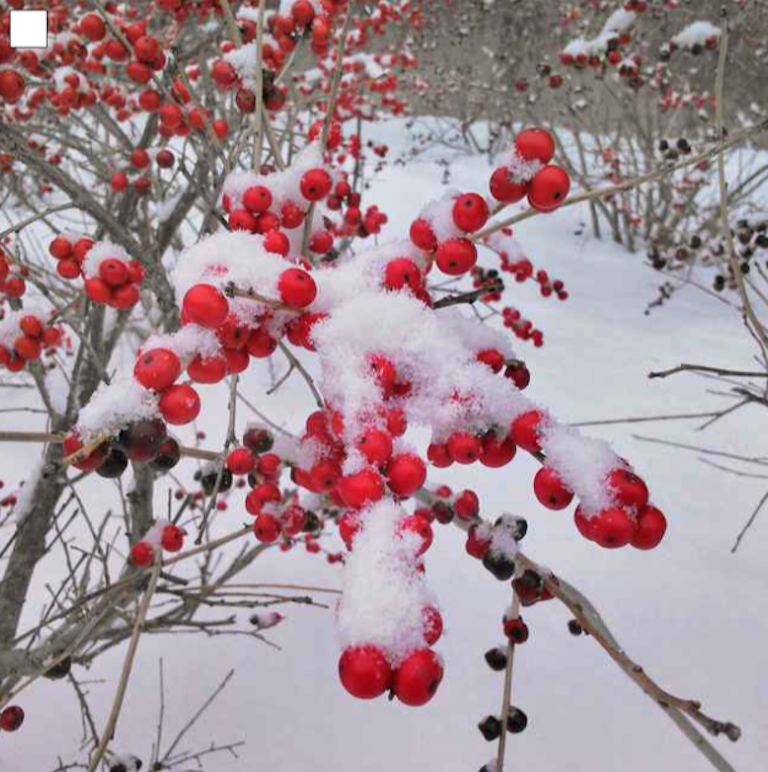
Image by dv1bx
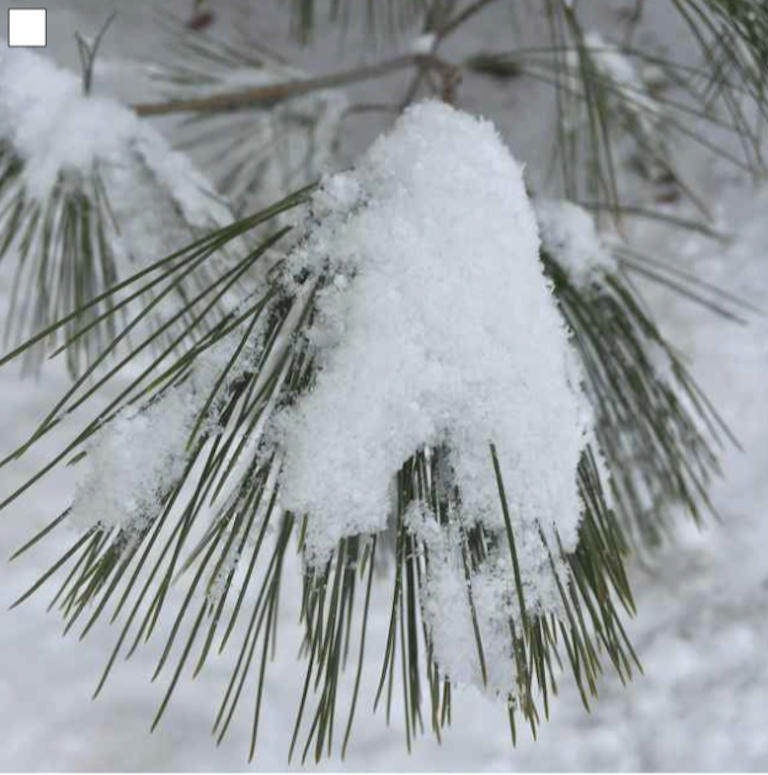
Image by GLES4Lyf
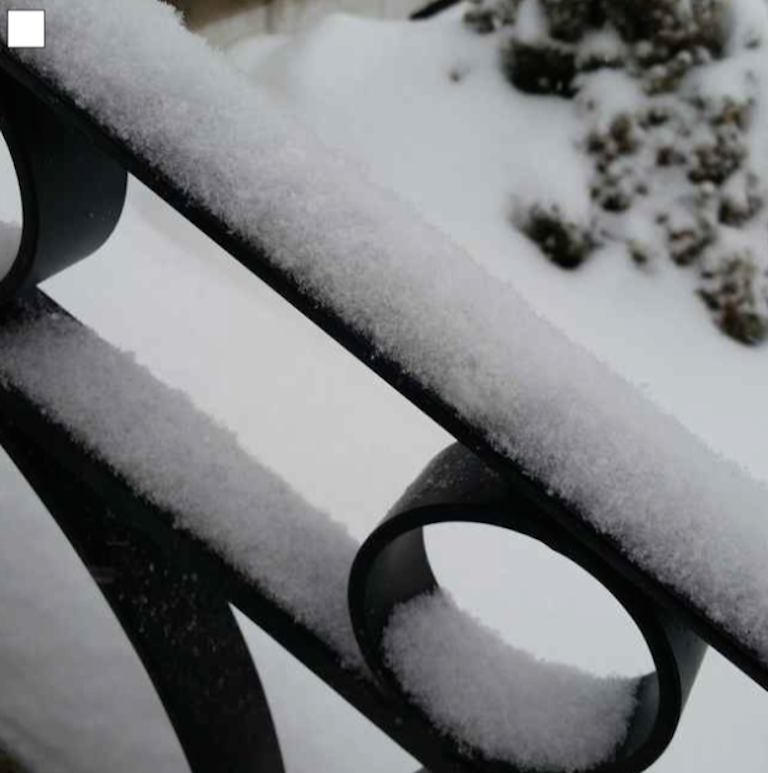
Image by Snowflake 13
slievar (71) light, loose, dry snow on ground; one sinks deeply into it making walking or skiing slow
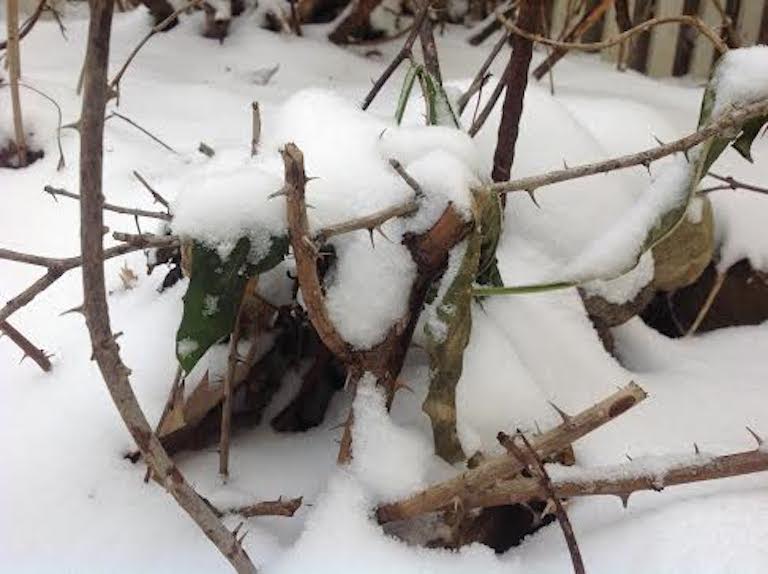
Image by Tom
säŋásj (73) coarse, granular snow in the middle of a snow bank that has sat for a while ("corn snow")
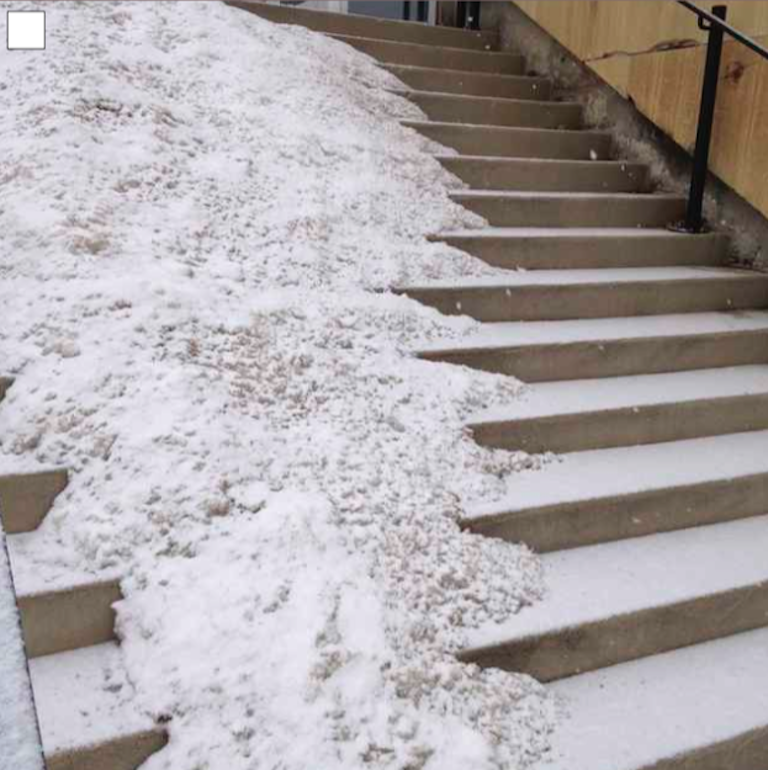
Image by Fnugg
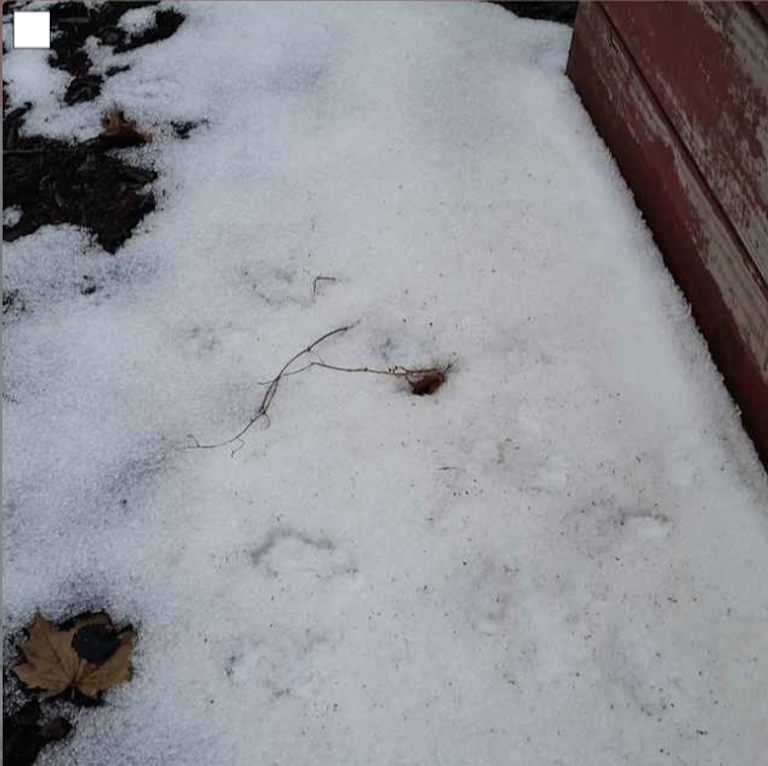
Image by Food Science Girl
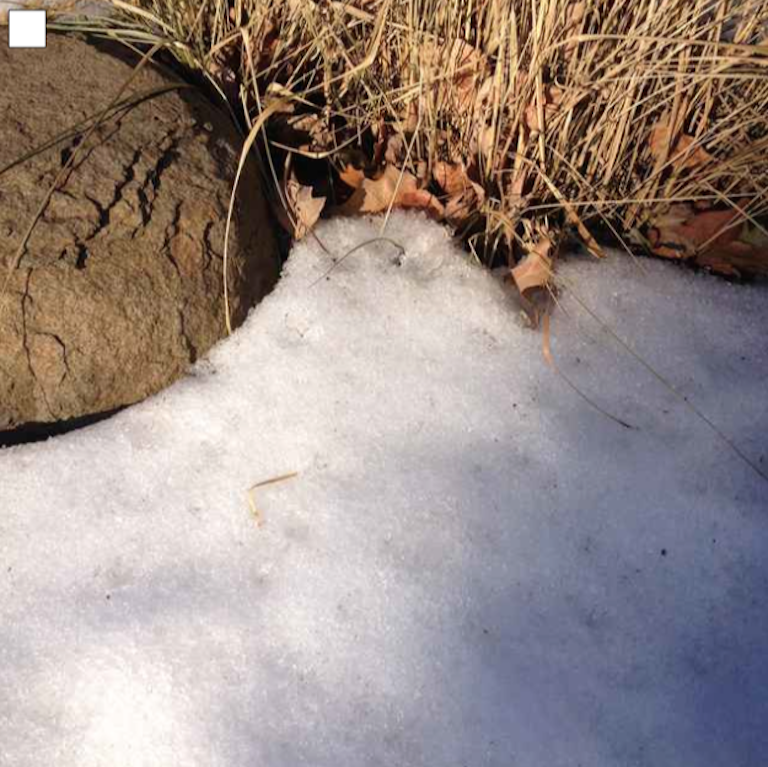
Image by Zan Angoli
tsievve (78) solid surface of snow that can bear weight without breaking; hardpack. Forms when snow has sat on the ground and been exposed to wind and sunlight for an extended period. Can be slippery. (For crust, see also tjarvva and ruhtta under Skiing Conditions)
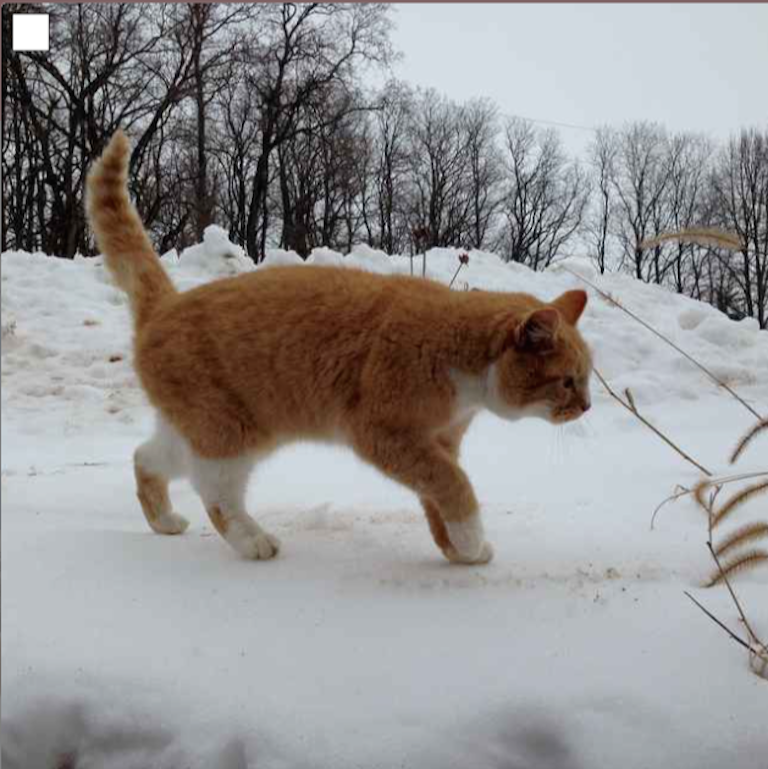
Image by Motel Nepal
skártta (59) hard, icy snow adhering to the ground underneath a layer of deeper snow. Forms when snow has partly melted and then refrozen, making it difficult for animals like reindeer to reach edible plants.
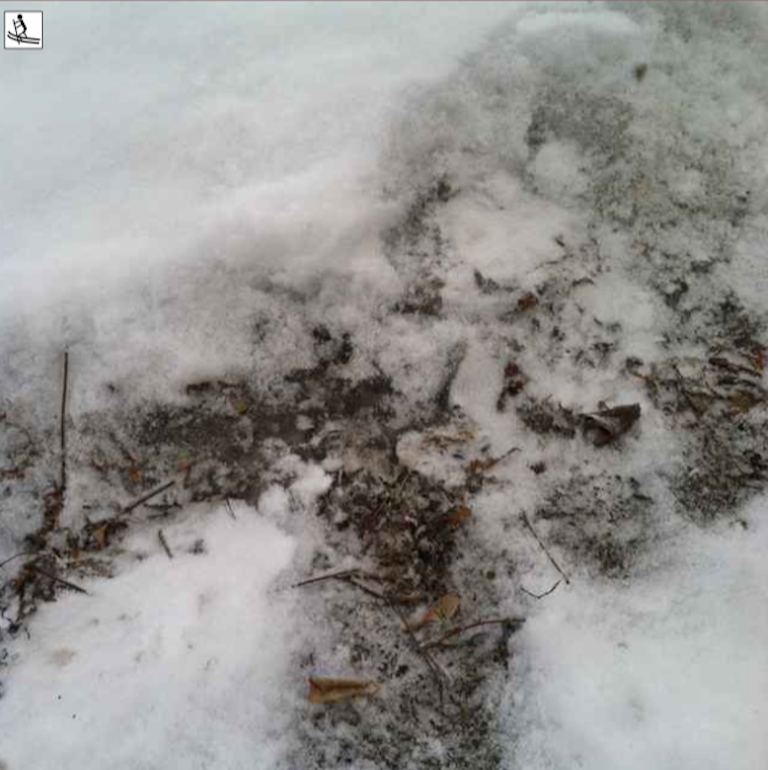
Image by Järven Naiset
jäekŋa (63) ice of any sort, as differentiated from snow.
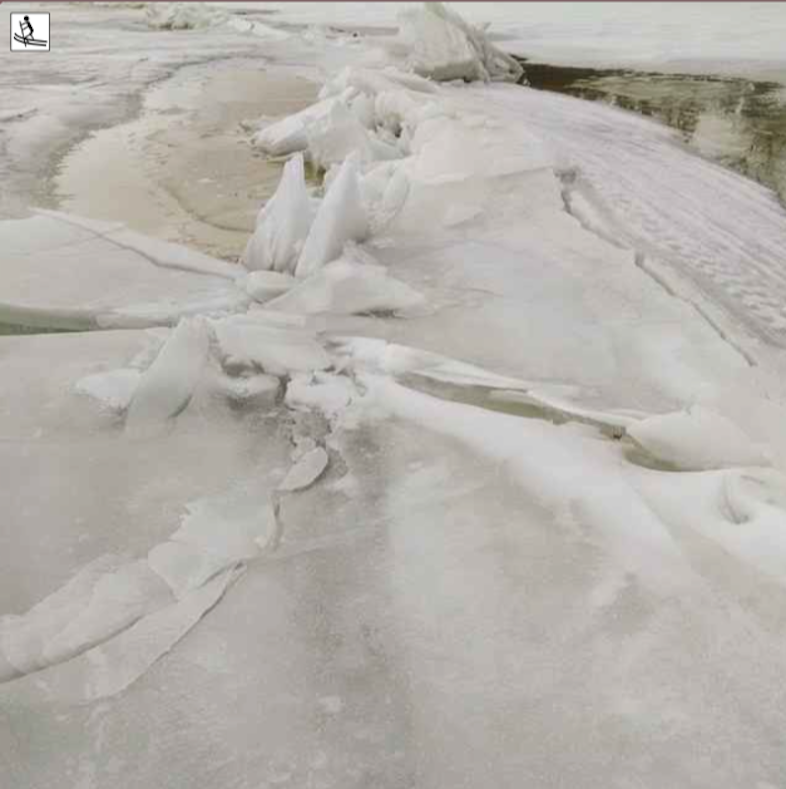
Image by Cantankerous Cantaloupe
suddi (North Sámi term, see Jernsletten 106) hole in ice
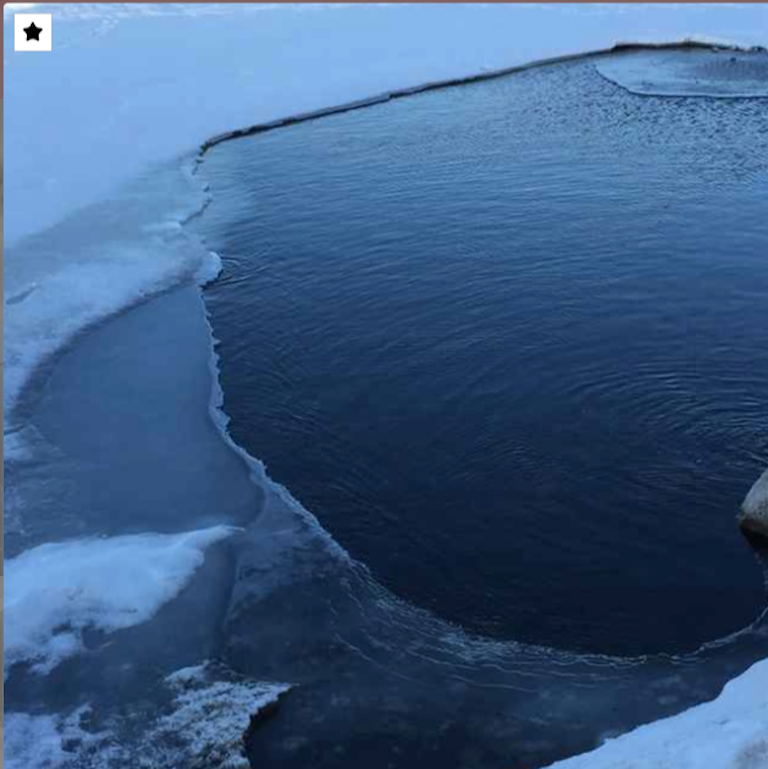
Image by Snow is Chill
släbtsát (56) wet, slushy snow on ground.
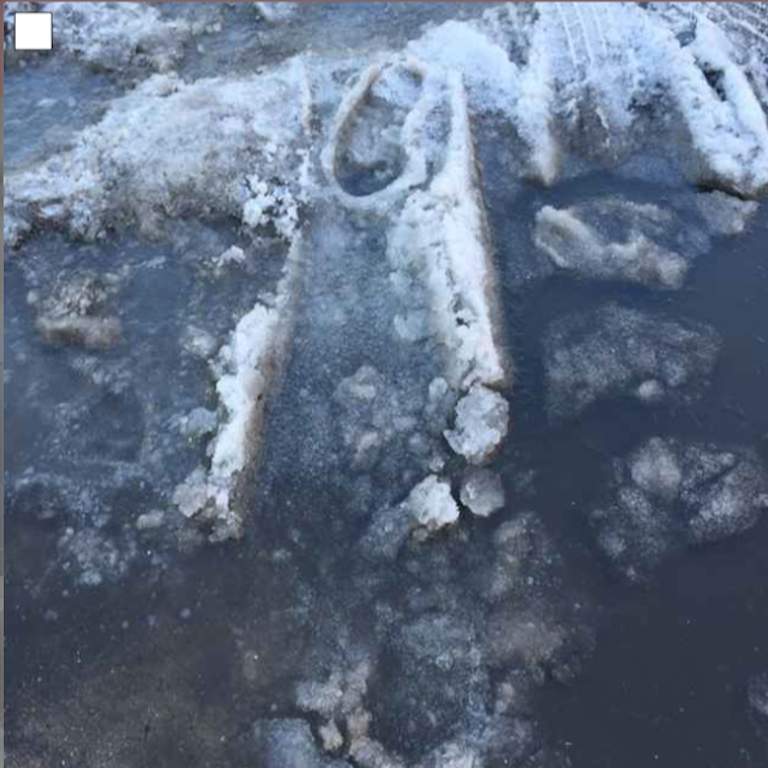
Image by Snow Is Chill
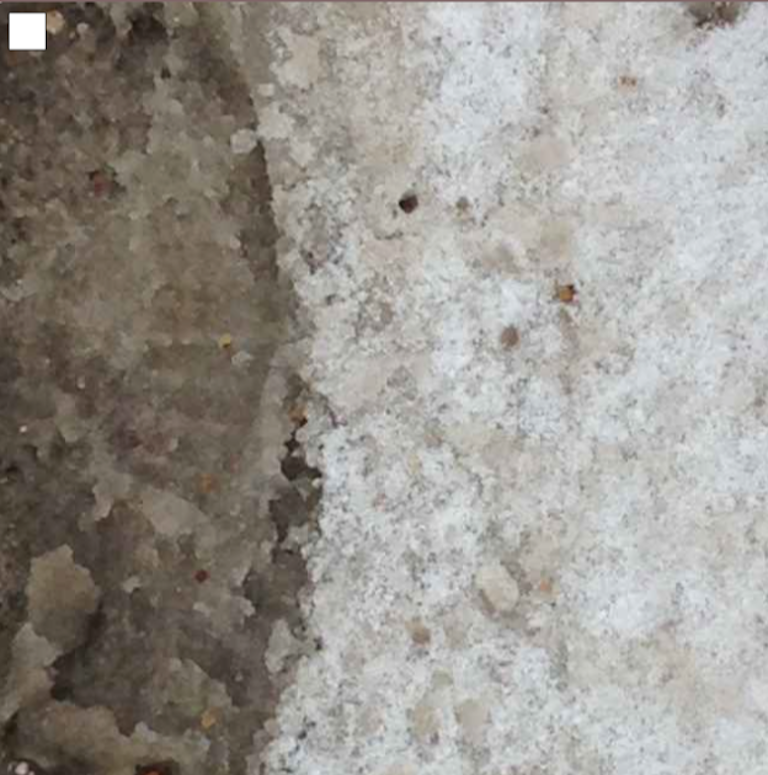
Image by Samis Sweethearts
sievlla (North Sámi term; see Jernsletten 105) softened snow in a spring thaw
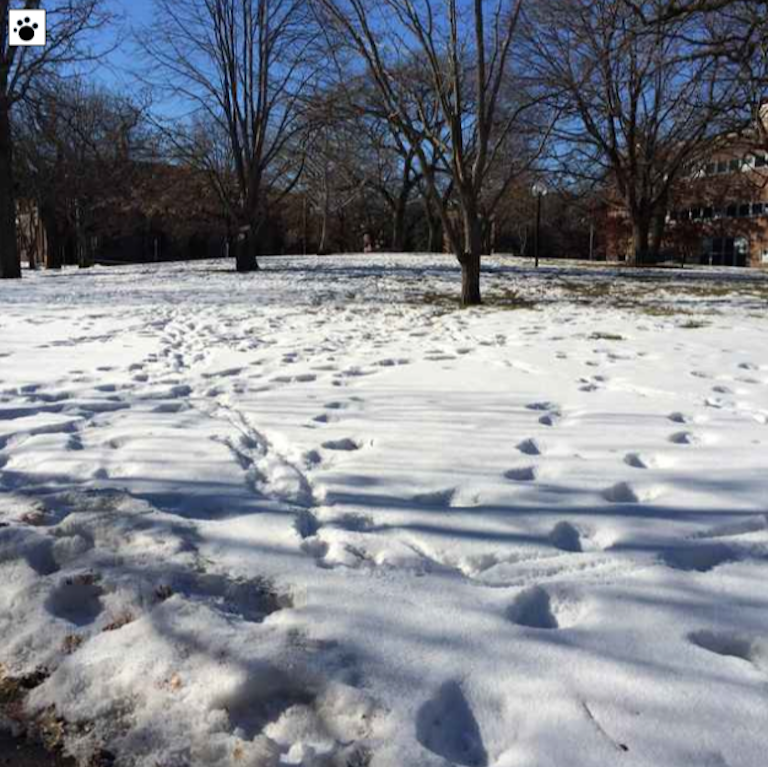
Image by Minnesnowta
